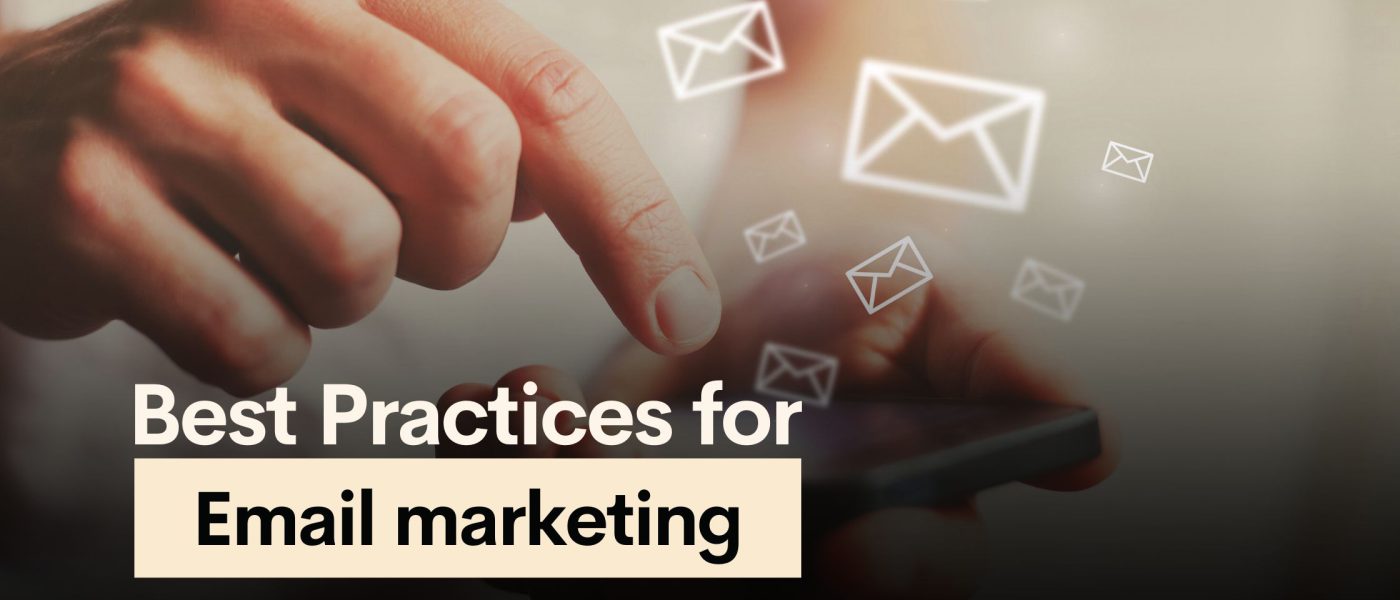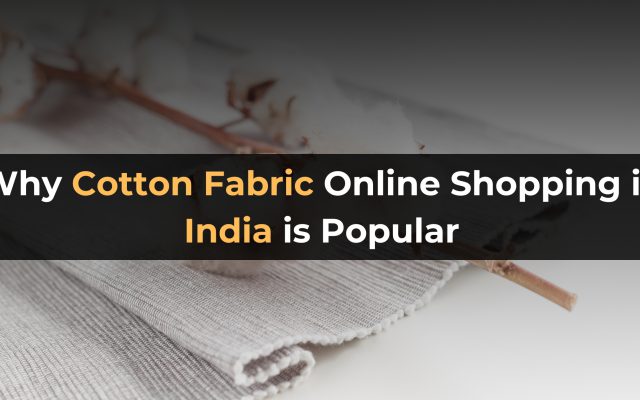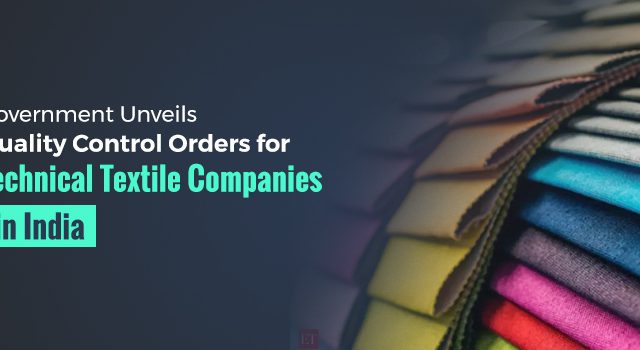Start trading bulk textile materials globally and boost your sales on TEXchange using powerful email marketing techniques. B2B email marketing requires a unique approach compared to regular digital marketing. You’re reaching out to a different audience – businesses, organizations, and industry professionals.
Why Should B2B Email Marketing Strategy be Unique?
While you are responsible for engaging and influencing only an individual in B2C marketing, you will have to go through different people within a company to reach the decision-maker in B2B textile email marketing. Therefore, you must send different emails to different people within the same B2B company.
When individuals buy fabric online in India, it doesn’t take very long – you like it, want it, and buy it. On the other hand, the purchase process for a B2B company is more extended than for B2C, as multiple departments coordinate to make a final decision, particularly the financial part.
If you want to give a shot at email marketing for your B2B business, you can learn the basics and best practices from us. Remember that email marketing for cotton fabric wholesale online must be unique and cannot be tried with any other purpose-built marketing strategy.
Best Email Marketing Practices for B2B Textile Companies
Tone and Content
B2B email campaigns must focus on providing information and resources, such as statistics, industry benchmarks, guides, results, trend reports, solutions, and recordings, instead of the catchy promotional content we use for B2C consumers whom we attract with discounts and sale announcements.
Target a Company’s Decision-Making Center
When setting the target of a B2B company email campaign, focus on the decision-makers – people who determine whether or not the company should invest in your products and services.
The Decision Makers include five main categories of people – gatekeepers who determine the flow of information between all decision-making members, initiators who become aware of the need of your business, users who use your products & services, buyers who handle the sales proceeds, and ultimately, the deciders who approve the purchase.
So, you will have to include different elements in your email campaign for each role in the target company’s decision-making center.
You have to consider the mindset of the person before creating the campaign. For instance, a user will likely be interested in the product specifications and quality, while the buyer shall be interested in renewals, contracts, and logistics.
Use Email Segmentation Tools
When running bulk email campaigns, use email segmentation tools to group your customers according to their buying habits. For instance, you cannot group cotton fabric material online buyers and silk fabric material offline buyers.
By grouping consumers with similar buying characteristics, you can create customized campaigns based on their needs and interests, creating a more personal engagement strategy.
Create Campaigns Based on Customer Journey
By creating your campaign around the phases of the customer’s journey, you can make your emails hit the right person at the right time. Divide the content of the campaign based on the four different stages mentioned below:
Business Awareness: Offer brand information, eBooks, videos, tutorials, guides, feature lists, and how-to blogs.
Contemplation: Specific information that increases the value of the product/service to enable decision-making – testimonials, case studies, product demos, product benefits, use cases, etc.
Decision Making: Free trials, free samples, cost estimations, package inclusion, customization, ROI, and discount offers to influence the target audience into decision-making.
Customer Retention: Incentives that strengthen your customer’s relationship and make them brand advocates – discounts on second purchases, gift vouchers on bulk orders, loyalty points, referral bonuses, new product updates, high-level educational content, product tutorials, and more.
Use Automation and Templates to Save Time
Excellent email marketing systems allow you to Automate recurring and time-consuming manual tasks. You can set up automation to tag specific audiences, add and update contact info from website subscribers, delete failed email ids, and send peers and marketing teams relevant updates about new email lists, sales leads, subscribers, etc.
Create and use different Email Templates to fit in the content only for the emails and campaigns you regularly send, such as welcome emails, survey emails, orders placed and delivery emails, newsletters and blogs, events, webinars, thank you emails, and unsubscribe emails. This will save you time in creating new designs every time.
Make sure each email template is visually distinct, so much so that it shouldn’t look like a preset template.
Practices that Make the Email Stand Out
- Make the subject line attractive and informative for busy customers. Keep it short enough to be seen in the inbox without opening it.
- Place the email value, tool, content, and call to action in the beginning. Example: Register on TEXchange to take your business online in 30 minutes.
- Make the email content as humanly as possible with personalization. It makes the recipient believe that the email was sent only to them. Example: Dear John, here are the purchase recommendations based on last week’s enquiry.
- Make sure the text is scannable – keep the email brief, include bullet points, pictures, and format it properly to prompt users to click the CTA.
Hope this post was informative enough. If you succeed at this, your B2B email marketing strategy will definitely pay off, no matter what you sell or how you sell.
On the other hand, if you want to rapidly cut down your marketing efforts and buy and sell cotton fabric online, register on TEXchange – the world’s first textile trading platform that’s completely online and automated.




